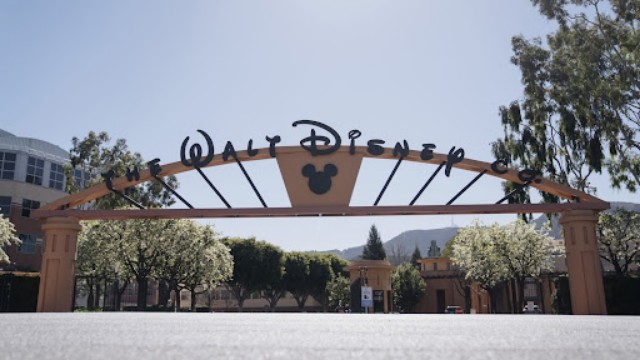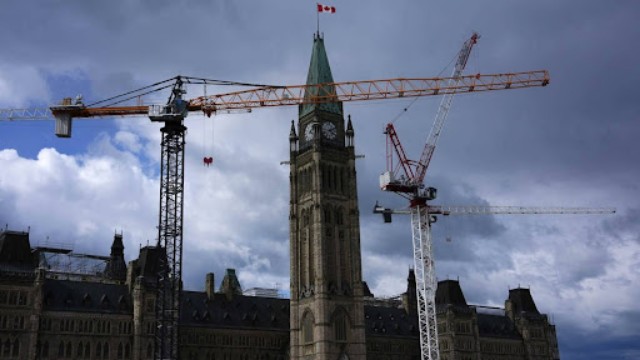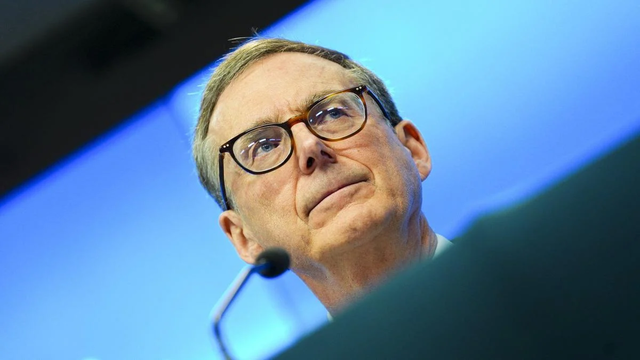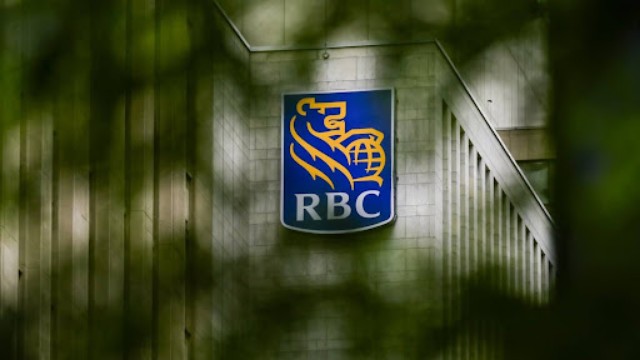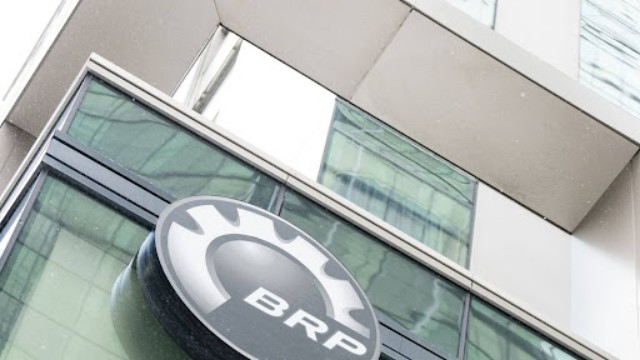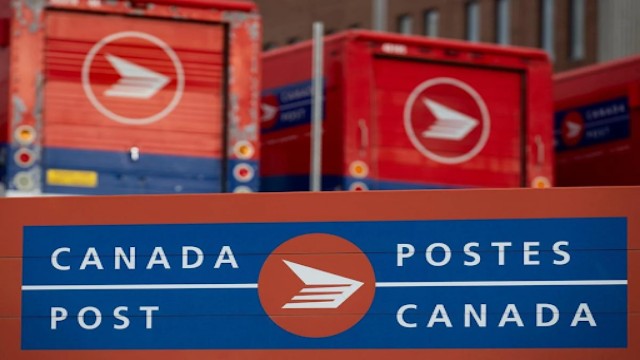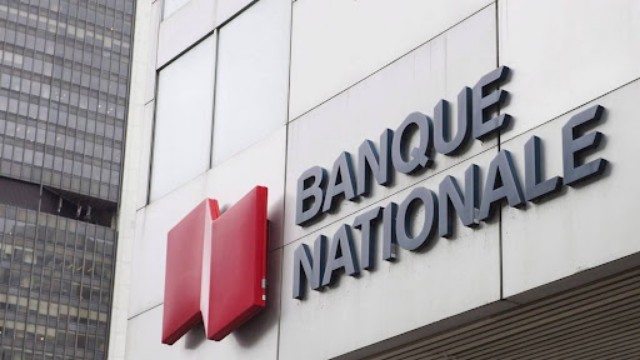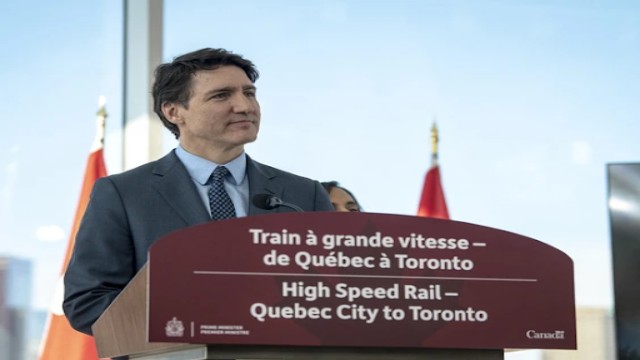
The government has announced a high-speed train (TGV) that will connect Quebec City and Toronto, with stops in between. Getty Images
The Canadian government is pushing ahead with an ambitious plan to build a high-speed rail corridor connecting Quebec City and Toronto. The project, spanning approximately 1,000 kilometers (622 miles), will be fully electric and reach speeds of up to 300 km/h (187 mph).
Major Investment for Rail Infrastructure
Prime Minister Justin Trudeau announced that the government will allocate CDN$3.9 billion (US$2.74 billion) over six years, starting in the 2024-25 fiscal year. This funding will help finalize key details, including station locations and the exact route before construction begins.
Officials have not yet disclosed the total cost or estimated completion date for the project. However, Trudeau emphasized that the high-speed rail network will revolutionize transportation in Canada.
Canada's High-Speed Rail Corridor Project: Faster, Greener, and More Efficient Travel
Branded as Alto, the high-speed train will cut travel time between Montréal and Toronto to just three hours. Stations will be set up in key locations, including Toronto, Peterborough, Ottawa, Montréal, Laval, Trois-Rivières, and Quebec City.
Currently, passenger rail services in Canada share tracks with freight trains, leading to frequent delays and limited service. The new system will provide a dedicated, efficient alternative to congested highways and overburdened airports.
Martin Imbleau, President and CEO of Alto, stressed the importance of this project. “A high-speed rail network is not a luxury. It is a necessity,” he said. “Intercity travel today is frustrating, unreliable, and unsustainable. This project will provide a much-needed solution.”
Political Uncertainty Won’t Halt Progress
Despite Trudeau’s announcement, political uncertainty looms over the project. He recently revealed his plan to step down as Liberal Party leader and prime minister. The party will elect a new leader on March 9, while opposition parties have pledged to bring down the Liberal minority government in a no-confidence vote after Parliament resumes on March 24.
Trudeau remains confident that the rail project will proceed regardless of political shifts. “High-speed rail was always going to be a long-term project spanning multiple governments,” he stated. “It takes determination to move forward and secure progress.”
Private Sector to Lead Construction and Operations
To bring this vision to life, the government has selected Cadence, a consortium of companies, to design, build, finance, operate, and maintain the rail network.
With Canada’s growing need for sustainable transportation, the high-speed rail project aims to transform intercity travel, reduce congestion, and offer a reliable alternative for millions of commuters.




